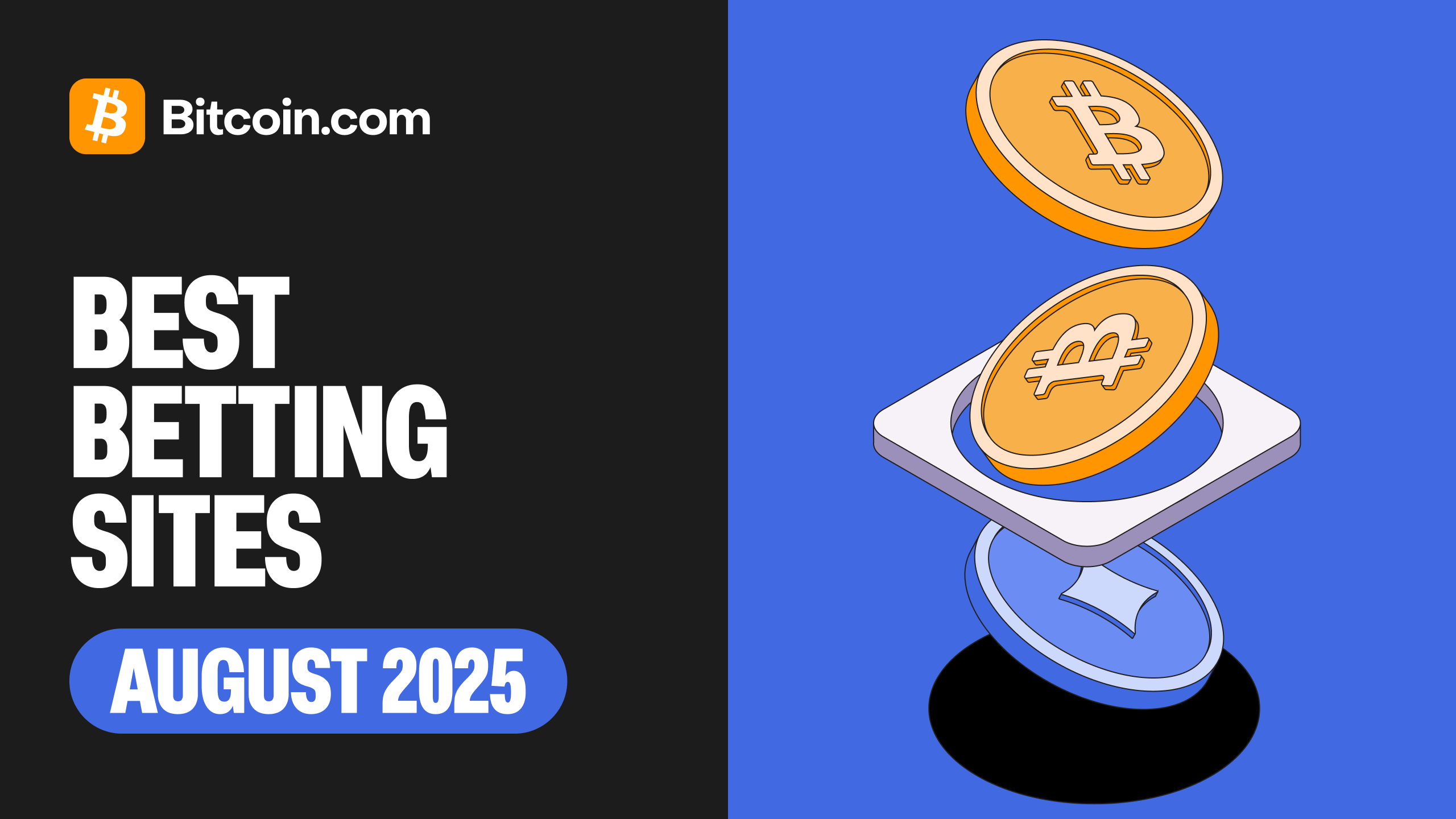The cryptocurrency market is an ever-evolving space marked by rapid innovation, intertwined with volatility and speculative fervor. One of the latest entrants capturing investor interest is ORLA (ordi launch), a token built upon the Ordinals platform using the BRC-20 standard. This novel approach leverages Bitcoin’s unique infrastructure to create experimental tokens, but with it comes a mixture of enthusiasm and caution from the investing community. Exploring ORLA’s technological foundation, its marketing promises, market trends, and the inherent risks involved paints a complex picture for potential investors navigating this new terrain.
At the heart of ORLA lies the Ordinals protocol, a system enabling data inscription directly on individual satoshis, Bitcoin’s smallest unit. This innovation has birthed BRC-20 tokens, a fresh breed of experimental tokens on the Bitcoin blockchain. ORLA specifically zeroes in on fractionalizing μTokens — these represent ownership shares in prominent Inscription collections — and making them accessible on centralized cryptocurrency exchanges. By breaking down ownership into smaller, more affordable units and listing on well-known trading platforms, ORLA aims to open the doors to a wider audience, enticing those who might otherwise be excluded due to high entry thresholds or technical barriers. Currently, the native token ORDI trades around $7.18 with a circulating supply of 21 million coins, and ORLA seeks to leverage the momentum within this ecosystem to carve out its niche.
One of the most eye-catching attributes of ORLA’s promotion is the promise of outsized returns. Across many online sources, investors are drawn in by claims that modest investments — sometimes as low as $100 — can yield monthly profits doubling their original capital or more. Advertising materials emphasize safety, intelligence, and profitability, using motivational slogans like “Safe, smart, profitable!” and “Maximize your returns and build your wealth!” These assertive promotions seem designed to capture quick attention and accelerate user uptake. However, a pattern of such consistently high returns, especially in the unpredictable environment of cryptocurrencies, is typically unsustainable. The marketing tone, often paired with buzzwords like “Work From Home” and “Job Network,” suggests a recruitment-oriented approach reminiscent of multi-level marketing schemes. This aggressive style raises important red flags, urging investors to question the longevity and veracity of the returns touted.
Market sentiment surrounding ORDI and ORLA has shown the kind of volatility typical in crypto-assets, reflecting broader financial market trends. The initial boost in 2024, coinciding with the launch of the Bioniq Ordinals marketplace, pushed ORDI to an all-time high by March. Yet, macroeconomic turbulence, including downturns in major stock indices such as the Dow and S&P 500, have contributed to sharp price fluctuations. While ORLA as a derivative is influenced by the growth prospects of the Ordinals ecosystem, it remains vulnerable to shifts triggered by wider market sentiment rather than firm foundational utility. Investor guides emphasize the importance of tracking support and resistance levels as part of a diligent trading strategy, underscoring the necessity for active risk management given this asset’s speculative nature.
A balanced assessment of ORLA must also consider the considerable risks investors face. As a freshly launched cryptocurrency, ORLA lacks a proven track record and operates on the experimental BRC-20 standard, which amplifies uncertainty. Moreover, decentralized finance (DeFi) spaces have frequently been exposed to rug pulls, where project developers vanish with investor funds, posing a constant threat. Regulatory ambiguity further clouds the horizon; evolving legislation could swiftly change the investment landscape, potentially undermining ORLA’s value. Trading activity is concentrated in just under 250 active markets, presenting liquidity challenges that could impact buying or selling ease. Yet promotional materials often gloss over these risks, instead spotlighting rapid financial gains, a discrepancy that could mislead less experienced investors. The allure of small initial investments may give a false sense of safety, inadvertently pushing individuals to underestimate the potential for heavy losses.
A notable aspect of ORLA’s approach is its strategy of fractionalizing μTokens and making them accessible on centralized exchanges. This lowers barriers for smaller investors lacking deep technical knowledge or substantial capital, democratizing access to a previously niche market. On the upside, this expanded accessibility could invigorate market participation and foster community growth. However, it also enlarges the pool of potentially inexperienced investors who may be more vulnerable to emotional decision-making and market manipulation. Centralized exchanges introduce additional counterparty risks, with investors relying heavily on the platforms’ security and operational stability. Any disruptions or breaches could jeopardize holdings, adding another layer of uncertainty.
Looking ahead, the sustainability of ORLA hinges directly on the enduring adoption of the Ordinals protocol and the BRC-20 standard. While the early Inscription market has generated interest, its long-term demand and value proposition remain unclear. Success will require ORLA to cultivate a loyal user base, offer innovative features, and adeptly navigate a shifting regulatory environment. The current emphasis on short-term gains and aggressive marketing tactics might undermine these goals, posing challenges to establishing a steady, sustainable enterprise within a highly competitive ecosystem.
In summary, ORLA (ordi launch) presents a fascinating but speculative opportunity within the crypto landscape. Its innovative use of Bitcoin’s Ordinals and fractionalized μTokens offers potential upside, yet the aggressive marketing claims, coupled with significant volatility and risk factors, counsel careful deliberation. Investors focused on growth must acknowledge that ORLA is far from a conventional asset — it is a high-stakes, experimental proposition demanding thorough research, prudent risk management, and readiness to face substantial losses. The hype-driven promotional style further necessitates a skeptical, rational mindset. Ultimately, the choice to invest should rest on a clear-eyed evaluation of risk versus reward, steering clear of the temptation of quick riches in favor of informed, measured decision-making.




